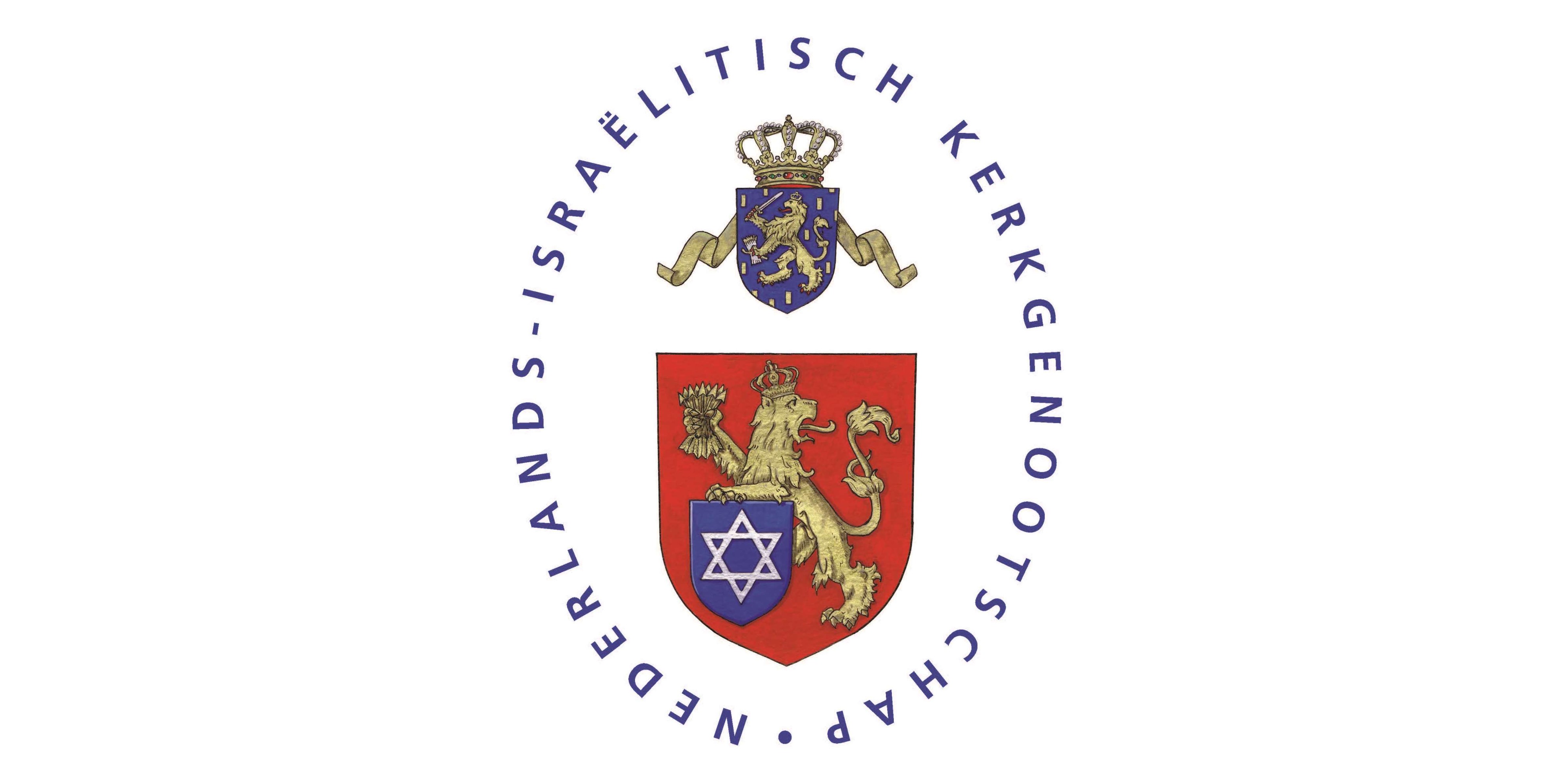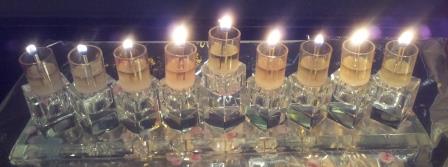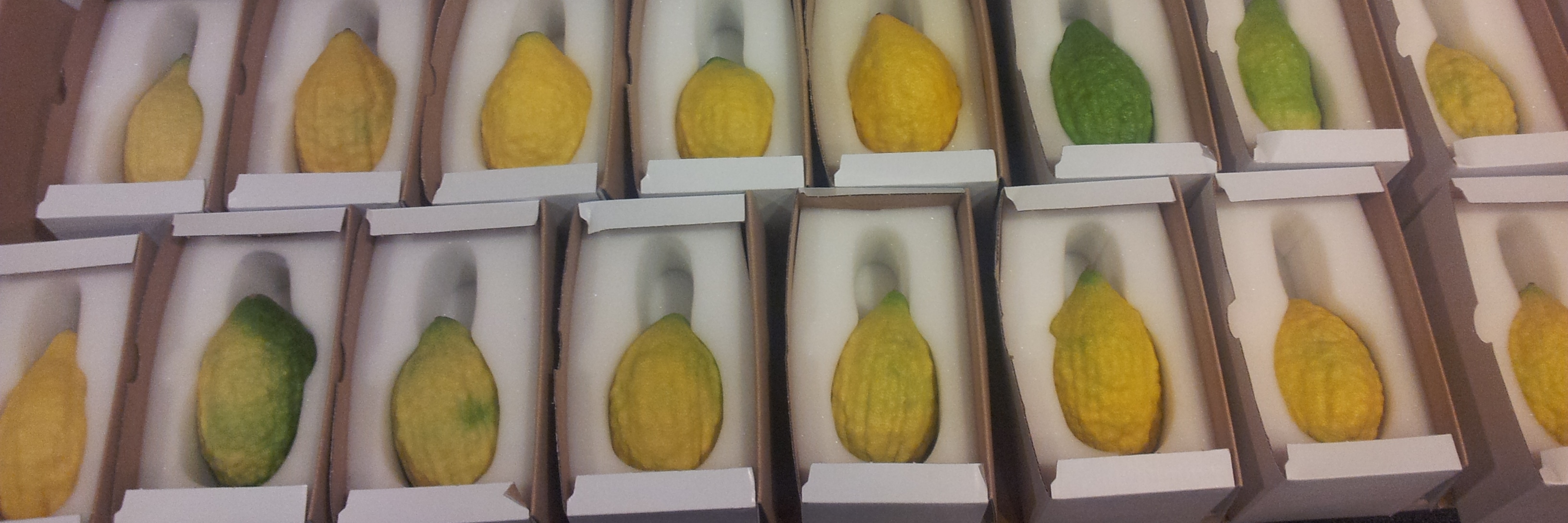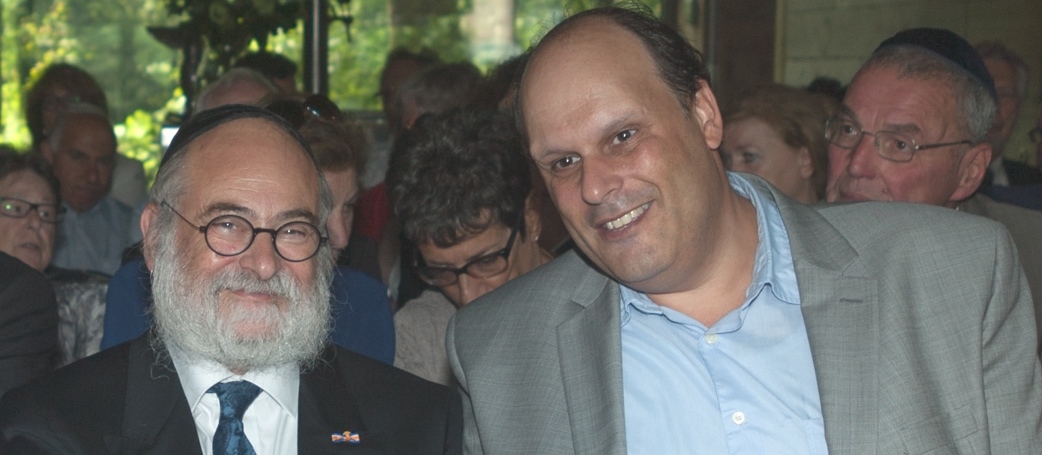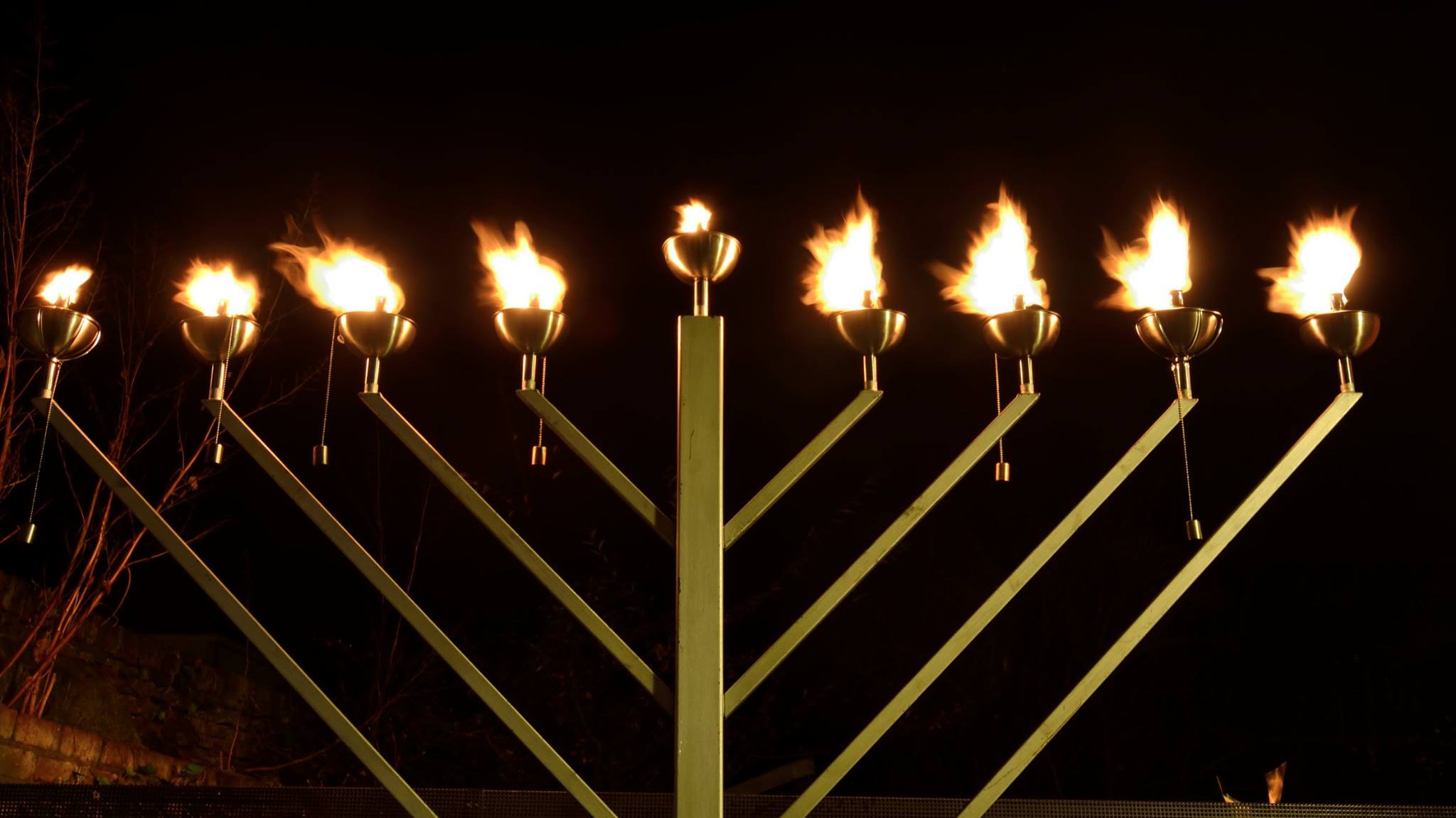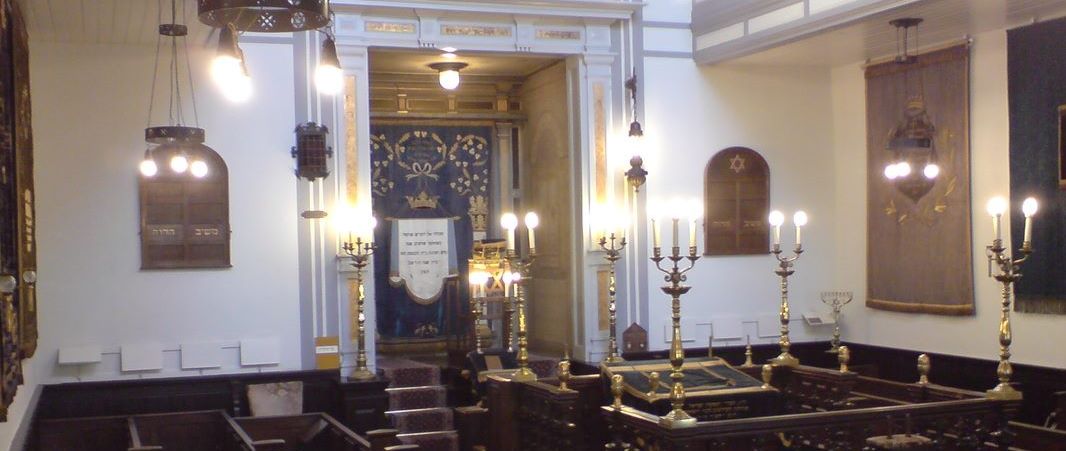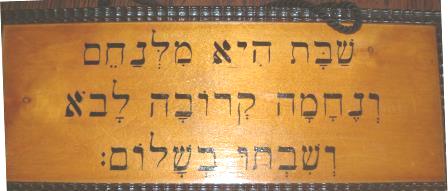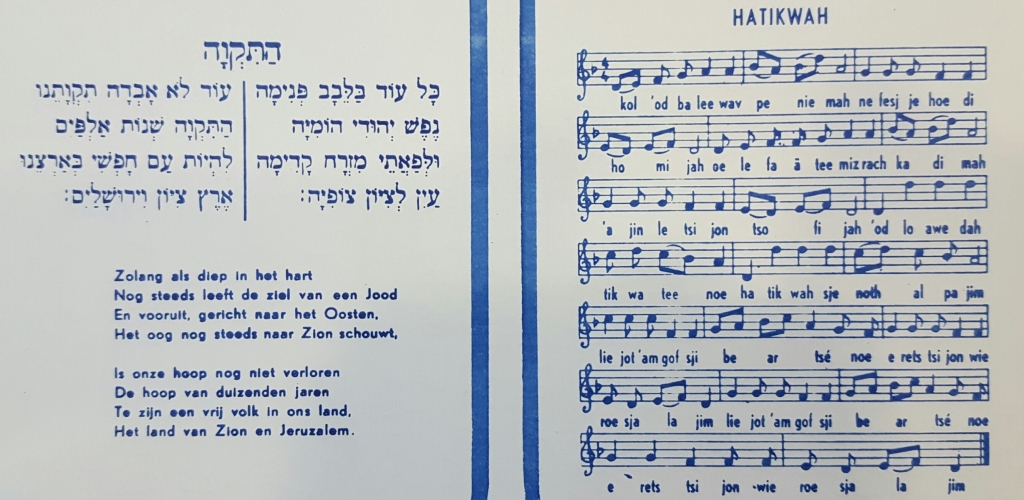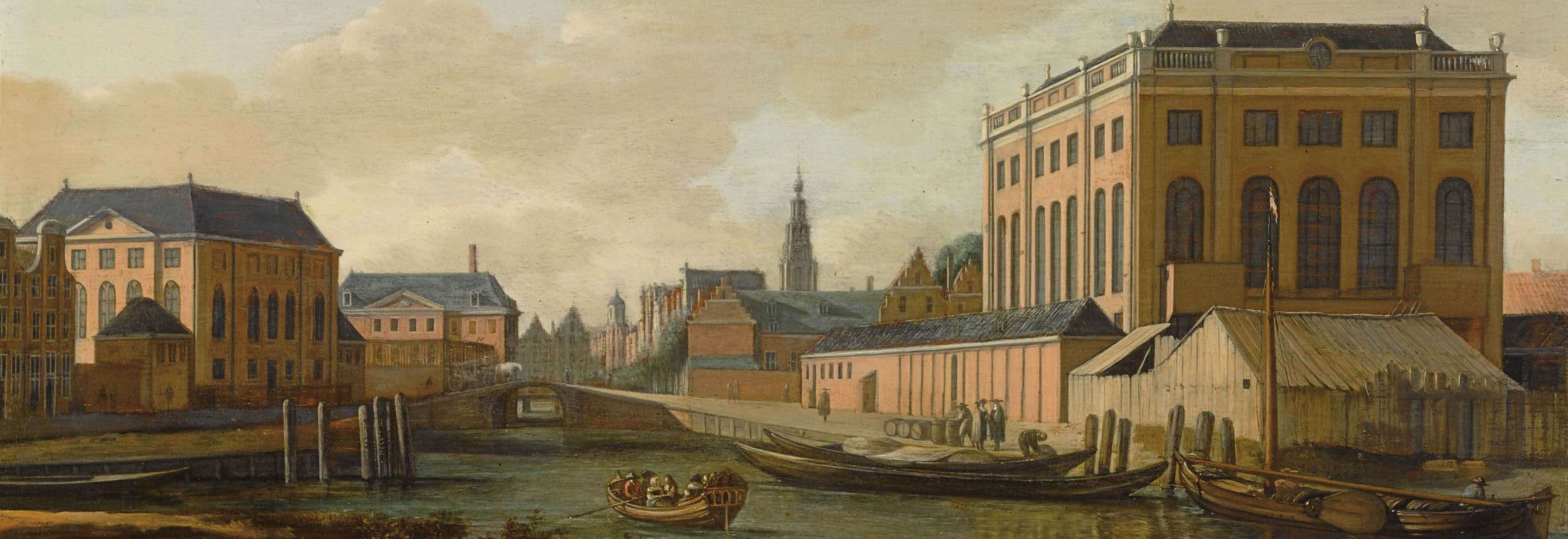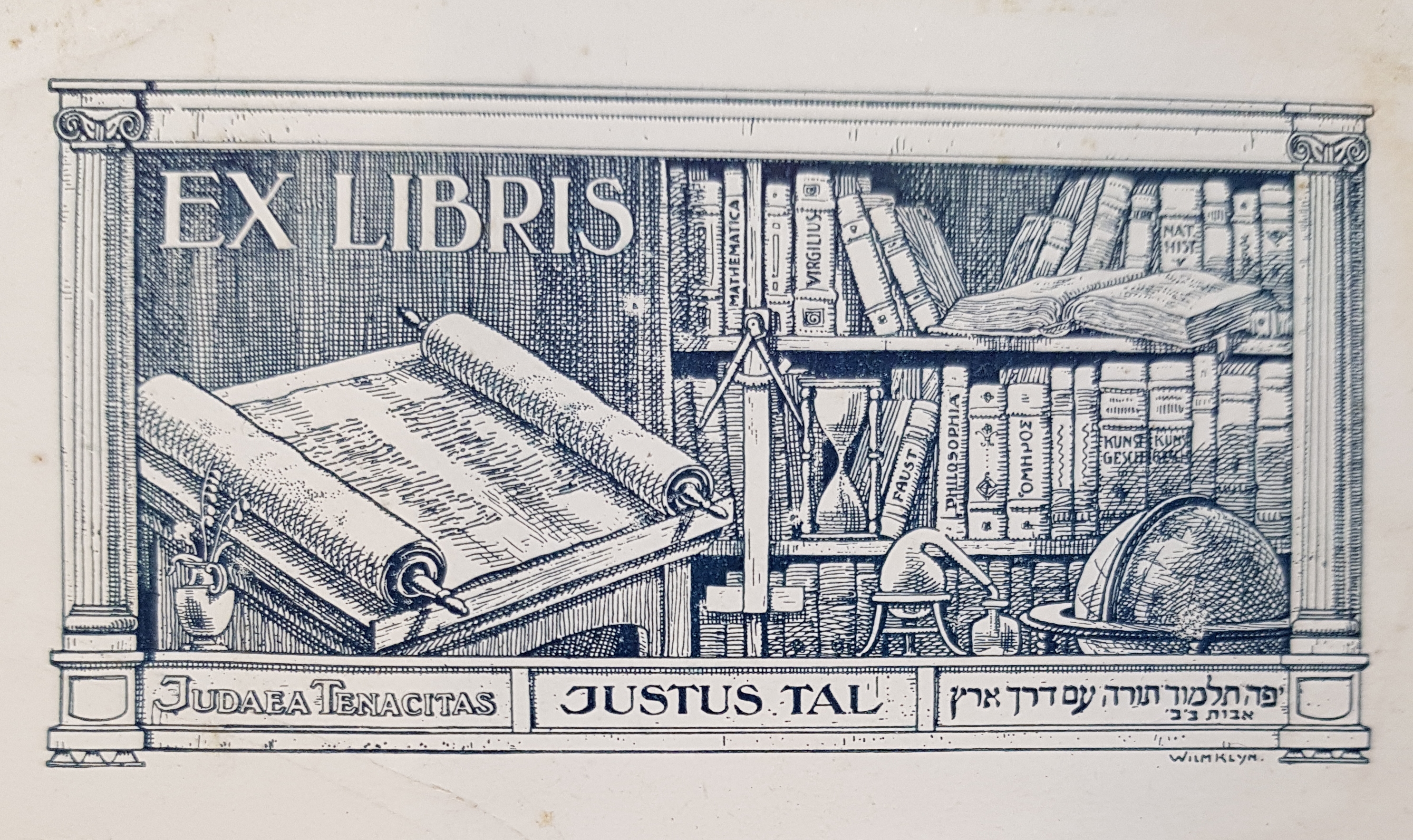This part of the site is under construction. But why not take a look at: www.jewishhistoryamsterdam.com.
See here for obtaining kosher food.
See here for shabbath starts / ends.
See here for the Amsterdam eruv.
JEWISH LIFE IN THE NETHERLANDS, PAST AND PRESENT
It is likely that the first Jews settled in The Netherlands in small numbers and isolated communities during the Roman conquest some 2,000 years ago.
Documentary evidence begins in the 1100’s. For several centuries, the record reflects that the Jews were persecuted and expelled on a regular basis. The most violent persecution took place in 1349, after they were accused of spreading the Black Plague. For the next 200 years, the number of Jews in the area was close to zero.
Beginning in the sixteenth century, the Netherlands became home to numerous Portuguese merchants, as Amsterdam became a center of world trade and shipping. Among these merchants were many Marranos who had been forced to flee from the Spanish Inquisition in 1492. They kept their identities secret and by the end of the sixteenth century formed a community in Amsterdam. When their community was discovered and their leaders arrested by the ruling Protestant church, some of the Jews moved to other towns which extended them protective charters. The majority, however, stayed in Amsterdam, with new statutes regarding religious tolerance issued in 1619. The overall status of Jews in the Netherlands remained inconsistent but was generally in the Jews’ favor.
In 1620, the first Ashkenazi Jews arrived in Amsterdam, where they formed a community by 1635 and further settled in Rotterdam and The Hague. The Ashkenazi Jews soon became superior in number to the Sephardim, but with the exception of a few wealthy families, remained inferior socially and economically.
While in general European Jews isolated themselves economically, socially and politically, the Jews of the Netherlands enjoyed economic and social integration as early as the seventeenth century, something that the rest of European Jewry would not experience for hundreds of years. Professions like medicine became very popular and the Jews, particularly the Sephardim, with their knowledge of languages and connections to the international trade network of Jews and Marranos, played a major role in the economic expansion that elevated the Netherlands to a world center in the 1600’s. Jews were also prominent in the tobacco, sugar refining and printing industries. Most of all, the diamond industry became an almost exclusively Jewish occupation in the Netherlands due to their success in this field.
Because of their economic integration, Jews in the Netherlands united with the greater society to a much larger extent than any other Jewish community in this period. They lived not in a ghetto, but in a Jewish quarter, which they were free to leave and which was frequented by non-Jews, including the artist Rembrandt, who lived and worked in the Jewish quarter. The anti-Semitic violence still prevalent in this period in Germany and Eastern Europe was non-existent in the Netherlands.
Prior to the Holocaust, 140,000 Jews were living in the Netherlands. During the 1930s, the community was active in helping Jews leave Germany, so that by the outbreak of the war, some 30,000 had found sanctuary in the Netherlands. The tragedy of Dutch Jewry during the Shoah was marked by a paradoxical response by the Dutch people. Many of the Dutch collaborated with the Germans, while many others strove to rescue their Jewish neighbors. By the war’s end, over 100,000 Dutch Jews had been murdered. Some 10,000, including 3,500 children, had been hidden until the danger passed.
At present, there are approximately 41,000 to 45,000 Jews in the Netherlands, with approximately 30,000 defined as Jews according to ‘halacha’ (the Rabbinic law of matrilineal lineage) and another 10,000-15,000 descending from Jewish fathers. The majority of Jews (approximately 15,000) lives in the Amsterdam area. There are medium-size communities in Rotterdam and The Hague, and smaller ones in Almere, Amersfoort, Arnhem, Bussum, Eindhoven, Enschede, Groningen, Haarlem, Leeuwarden, Leiden, Utrecht, Maastricht and Zwolle. Contemporary Dutch Jewry is overwhelmingly Ashkenazi. Nowadays, the Sephardic community is concentrated in Amsterdam and numbers some 270 families (600 persons), constituting approximately 2% of the Dutch-Jewish community.
Dutch Jewry is organized into three councils based on affiliation: Ashkenazi, Sephardi, and Reform. These councils are the Nederlands-Israelitisch Kerkgenootschap (traditional), the Portugees-Israelitisch Kerkgenootschap (traditional) and the Verbond voor Progressief Jodendom (progressive).
The Netherlands hosts a rich variety of Jewish organizations and socio-cultural activities. WIZO, B’nai B’rith and Maccabi are present, as well as several youth movements (Bnei Akiva, Haboniem-Dror, Hasjalsjelet, Tikwatenoe, Tzofim), serving some 500 children in annual summer or winter camps. A comprehensive welfare structure exists, including a Jewish hospital and the Sinai (psychiatric) hospital in Amstelveen, as well as retirement homes in Amsterdam and The Hague, and the only Jewish hospice in Europe.
Three Jewish day schools operate in Amsterdam. The Rosj Pina elementary school, with over 300 pupils is the largest Jewish school in the Netherlands. Maimonides, with 170 students, is the largest Jewish high school, where pupils are trained in regular subjects as well as prepared to combine their Jewish identity with living in the general secular world. To serve the ultra-Orthodox members of NIK, Cheider operates a day care, primary and secondary school in the capital. There are also several religious institutes of higher learning, including a teachers and rabbis training institute affiliated to NIK and one affiliated to the progressive community. For Jews and non-Jews interested in Judaism, Jewish culture and Hebrew the Crescas institute offers a variety of courses.
There are currently some 100 synagogues catering to all Jewish denominations in the Netherlands or with a cultural or other assignment, of which some 30 are actively used for religious services. Amsterdam has eleven Ashkenazi and three Sephardi synagogues. The Hague and Rotterdam have Ashkenazi Orthodox synagogues, as do the cities of Amersfoort, Arnhem, Breda, Bussum, Eindhoven, Enschede, Groningen, Haarlem, Leiden, Leeuwarden, Middelburg, Utrecht, and Zwolle. The Netherlands’ progressive congregation has synagogues in Amsterdam, The Hague, Rotterdam, Tilburg, Utrecht and other towns. One Conservative congregation makes use of a small synagogue just outside of Amsterdam. Kosher food is readily available in Amsterdam and so are some six different kosher restaurants The Hollandia matzefactory in Enschede is one of the few matzefactories in Europe and probably the only one that serves more non-Jews than Jews as matze has become an integral part of the Eastern festival breakfast in many Dutch households.
Amsterdam is one of the few European cities with a Shabbat boundry (Eruv). There are eight Mikvaot in the country of which four are located outside Amsterdam.
The weekly publication Nieuw Israelietisch Weekblad is widely read by the community. The Jewish Historical Museum, the Bibliotheca Rosenthaliana (the Judaica library of Amsterdam University) and the Anne Frank House are all considered prestigious institutions in their respective fields. The Portuguese synagogue under the Jewish Museum management, attracts many visiting tourist while its centuries old Ets Haim Library receives distinguished researchers to study their vast and unique collection of books and manuscripts mainly concerning Portuguese-Jewish and Sephardi wisdom.
Amsterdam features many sites of Jewish interest, starting with the famous Portuguese Synagogue, directly opposite the Jewish Historical Museum. The Anne Frank House draws an enormous number of visitors from all over the world. It also houses an exhibition exposing contemporary European intolerance. The Resistance Museum, close to Hollandsche Schouwburg from where the Jews were deported from Amsterdam and which is a Holocaust remembrance and museum location today, has many sections of particular Jewish interest.
In recent years, synagogues have been restored in Amsterdam, Groningen, Middelburg, Rotterdam, Nijmegen and Breda. The Groningen and Enschede synagogues are impressive for their surprising size and architecture. Close to the location of the former detention camp at Westerbork there is a commemoration center. There is also a small museum at the Hollandsche Schouwburg, where Amsterdam Jews were assembled prior to deportation. A new Holocaust museum will be opened in the near future opposite to the Hollandsche Schouwburg. The Spinoza House, the Portuguese Synagogue in The Hague and the old Portuguese Jewish cemetery Beth Haim at Ouderkerk-on-the-Amstel near Amsterdam are other recommended sites of interest, besides different locations in the former Jewish Quarter of Amsterdam, where Jews lived for some 300 years, with their non-Jewish neighbours including painter Rembrandt, whose house is on Jodenbreestraat (Jews Broadway).
The Netherlands established diplomatic relations with the State of Israel in 1949. Since 1948, more than 7.000 Dutch Jews have immigrated to Israel.
